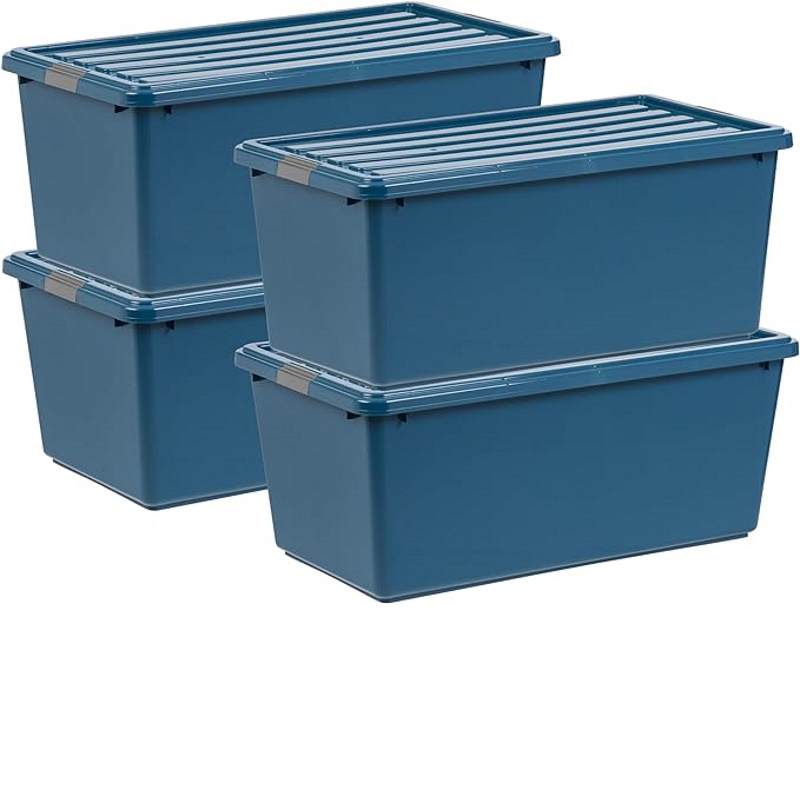DIY raised garden bed alternatives – 5 items to repurpose for a container gardening solution
Raised garden beds can be expensive, but these DIY and repurposed alternatives are easy and cost-effective to achieve
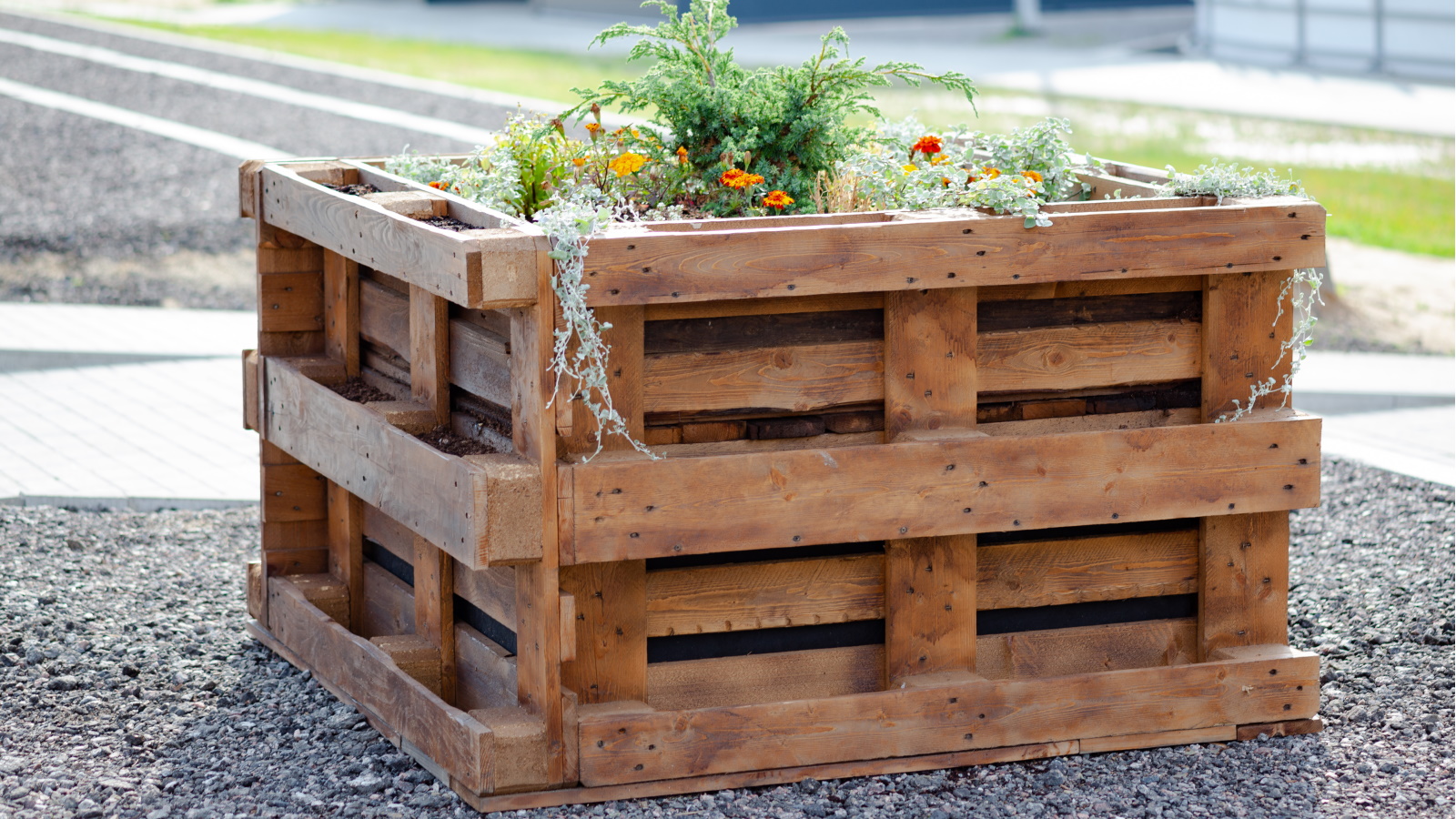

The benefits of raised bed gardening go beyond just providing good drainage for your crops and flowers. Raised beds can make it harder for pests to reach your plants and they can enhance your backyard landscape. The only downfall is that it can sometimes be costly to acquire all the raised beds you need.
So, if you have decided to jump into creating a raised bed garden and don't want to splash out on some raised beds, or perhaps you want to create a eco-friendly garden with repurposed materials, there are plenty of DIY raised garden beds that cost very little to make. In fact, some raised garden bed alternatives don't need anything done to them and you can just start using them for your container gardening.
Not sure where to start? Well, it's important to know which items are appropriate to repurpose into a raised bed and will work well to avoid making raised bed gardening mistakes that can hinder the growth of your plants. Here are five inspiring raised garden bed alternatives for you to try, with expert tips to make them successful.
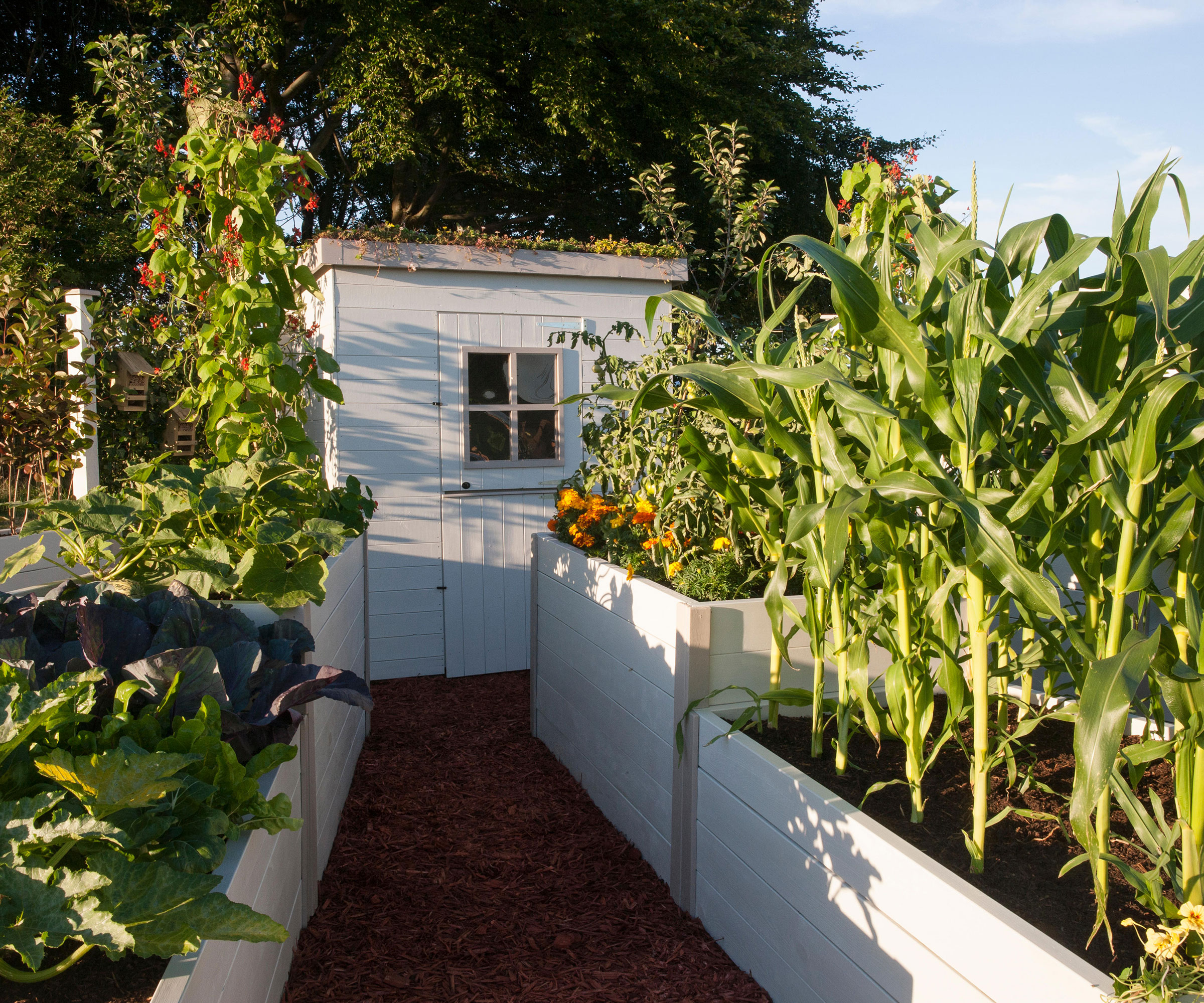
5 raised garden bed alternatives
When choosing what to use as a raised garden bed alternative, you need to ensure that it has good drainage and breathable material that will support the healthy growth of your crops and other plants. Discover 5 expert-recommended ways to repurpose items to make DIY raised garden bed alternatives that will work well.
1. Repurpose storage containers
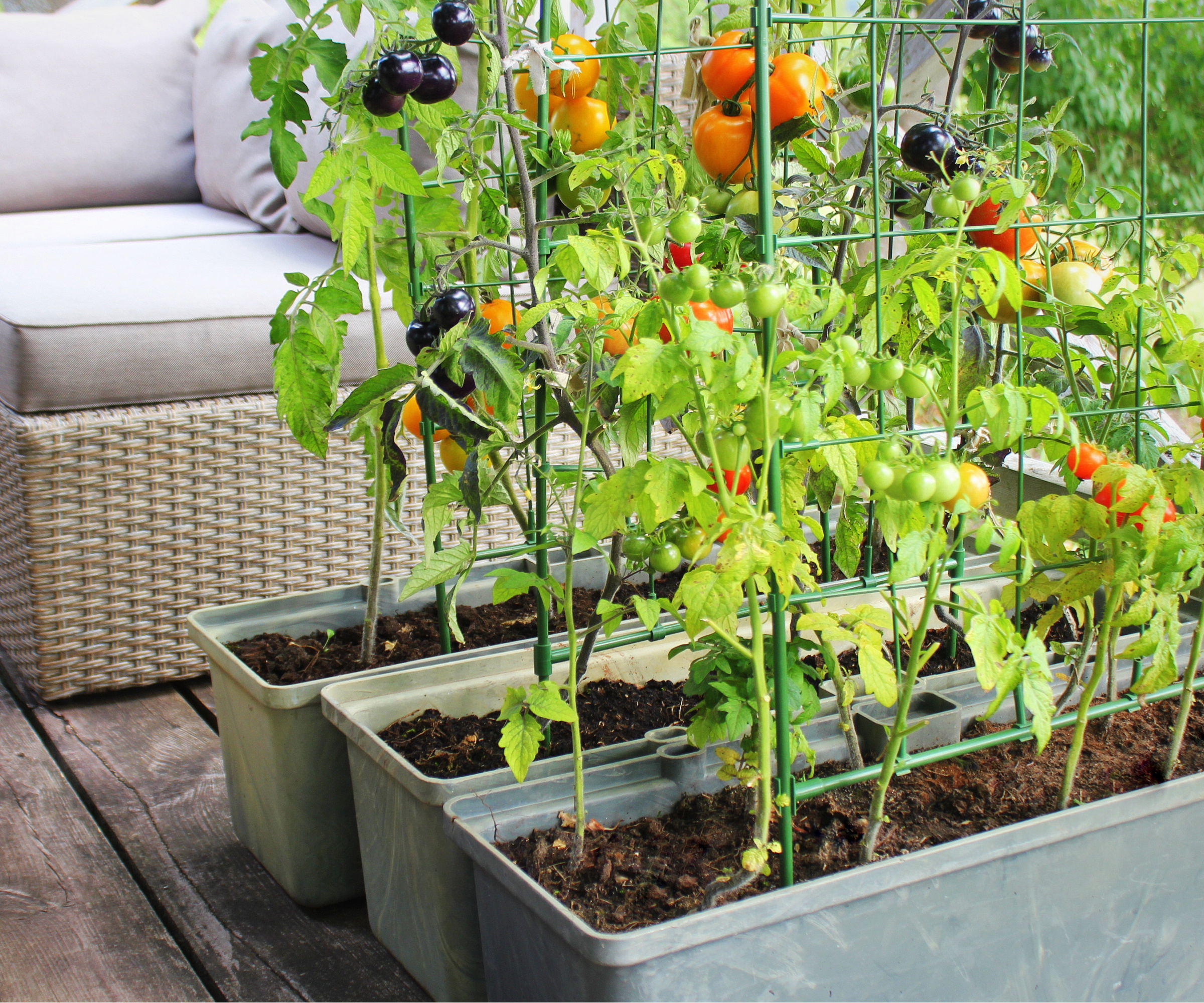
For a low-maintenance raised garden bed alternative, simply use a plastic storage container. These boxes work well as a raised bed because they replicate purpose-built raised beds. However, you might need to make some adjustments to ensure you can grow successfully in them.
'They work very well because they are large and deep, and can accommodate the root system of large plants such as tomatoes,' says Kathi Rodgers, CEO of Oak Hill Homestead. 'My favorite use for them is to grow potatoes and sweet potatoes, because they keep the plants safe from burrowing animals such as gophers, moles and voles.'
While the depth of storage containers is perfect for the root systems of many crops in the average vegetable container garden, Kathi does point out that you will need to add drainage holes to your containers.
Design expertise in your inbox – from inspiring decorating ideas and beautiful celebrity homes to practical gardening advice and shopping round-ups.
'This is easy to do with a power drill. Add more holes than you think are necessary and include holes along the lower edge of the sides of the containers too,' she says. 'These containers have held up well for me for several years, even with exposure to the summer sun.'
Using plastic storage containers for raised bed gardening is also a great solution for balcony gardens, thanks to their lightweight material.

Kathi Rodgers is the CEO and writer at Oak Hill Homestead and the voice behind HOMEGROWN: Your Backyard Garden Podcast. Founded in 2006, Oak Hill Homestead is where Kathi teaches new gardeners, goat owners and folks interested in living a more self-reliant life how to dig in and grow their dreams.
2. Opt for grow bags

Another effective raised garden bed alternative that doesn't require any adjustments is opting for grow bags. These are bags that have been created for gardening, often made from breathable material that excess water can run through.
'I recommend that you ensure grow bags have not been chemically treated and are BPA-free,' says Sarah Warner, organic growing expert and farm associate at Case Western Reserve University Farm.
While they're not typically lifted from the ground, grow bags have a similar function to raised beds. 'Water moves through fabric very quickly, but fertilization is also a necessity when using them,' Sarah adds.
They're an ideal choice if you want to grow potatoes in a bag, among other crops. 'Overall this is a great pick for mint-family plants and other veggies that will be grown on patios or small spaces,' Sarah says.
Once filled with soil and compost, grow bags can become heavy to move around, so it's wise to choose a permanent spot for them when setting your grow bag station up.

Sarah Warner is a farm associate with the farm food program at the University farm. She has five years of experience growing organic food in Northeast Ohio. She is a Lorain County Community College graduate with an Associates Degree in Sustainable Agriculture and is also certified in Permaculture Design.
3. Build a garden bed with pallets
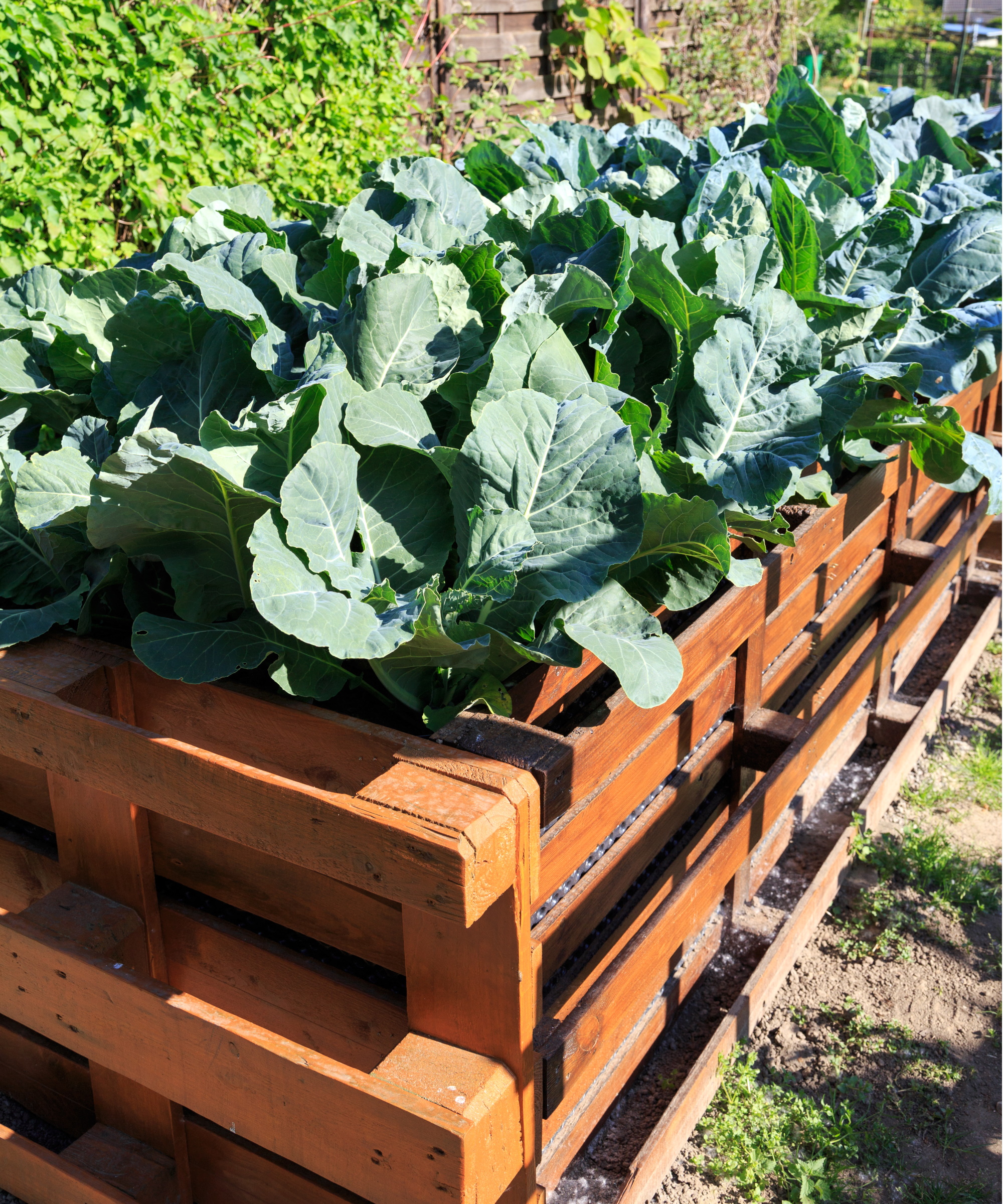
If you want more of a challenge and are looking for a DIY weekend garden project, why not try building your own raised garden bed from wooden pallets? This is a popular solution to raised garden bed alternatives, thanks to the gaps in pallets providing plenty of drainage.
'Many people like to thrift old shipping pallets usually for free,' says Meredith Bishop, sustainable flower grower and owner of Bloom and Bounty. 'By removing the face board and stacking them several deep, you can provide ample space for plants to root for a very insignificant investment,' she explains.
Using wooden pallets also offers a rustic look to your raised bed garden, and it can also be achieved with wooden slats. It can look particularly charming for a cut flower garden and will help drain soil well to prevent flower roots from sitting in waterlogged soil and rotting.
'The only important note I have for this one is making sure it is stamped with a HT (meaning it is heat treated) which is safe to use. If pallets are stamped with MB (methyl bromide) it has been treated with a toxic gas which is commonly used in pesticides,' warns Sarah. 'I would recommend always checking the pallets you are using as these chemicals leach into your plant roots and into the food you eat.'

Meredith Bishop is a sustainable flower grower specializing in old-world blooms grown from seed in her gardens in urban Nashville, Tennessee. She also operates a retail design studio in Nashville, and enjoys teaching, speaking and writing about all aspects of flower gardening.
4. Recycle polystyrene foam boxes

Save packaging waste from the bin and create raised beds with polystyrene foam boxes. Although they won't stay in top condition forever, experts say that the nature of this material makes these boxes great for smaller raised bed gardening.
'These are great for growing shallow-rooted vegetables such as lettuce,' says Annette Hird, expert gardener at Easy Urban Gardens. 'I used the frame of an old mini greenhouse and put the box on the top shelf to raise it off the ground.'
Due to its porous nature, gardeners often use polystyrene foam for drainage in the bottom of container garden plants, separating excess water from the soil. By using boxes of this material as a raised garden bed, you can ensure your plants won't become oversaturated and have access to good air circulation - this, in turn, will also prevent problems will mold build-up.
Polystyrene takes a very long time to break down, so these are reliable for gardening for more than one season. Just be aware that excessive water can damage the quality of the material over time.

Annette Hird has an Associate Diploma in Horticulture and is an urban gardening expert. She has worked as a professional propagator and managed, maintained and improved many urban and rural gardens. She also enjoys growing her own fruit, vegetables, herbs and flowers as well as many different types of ornamental plants.
5. Create a stacked rock bed
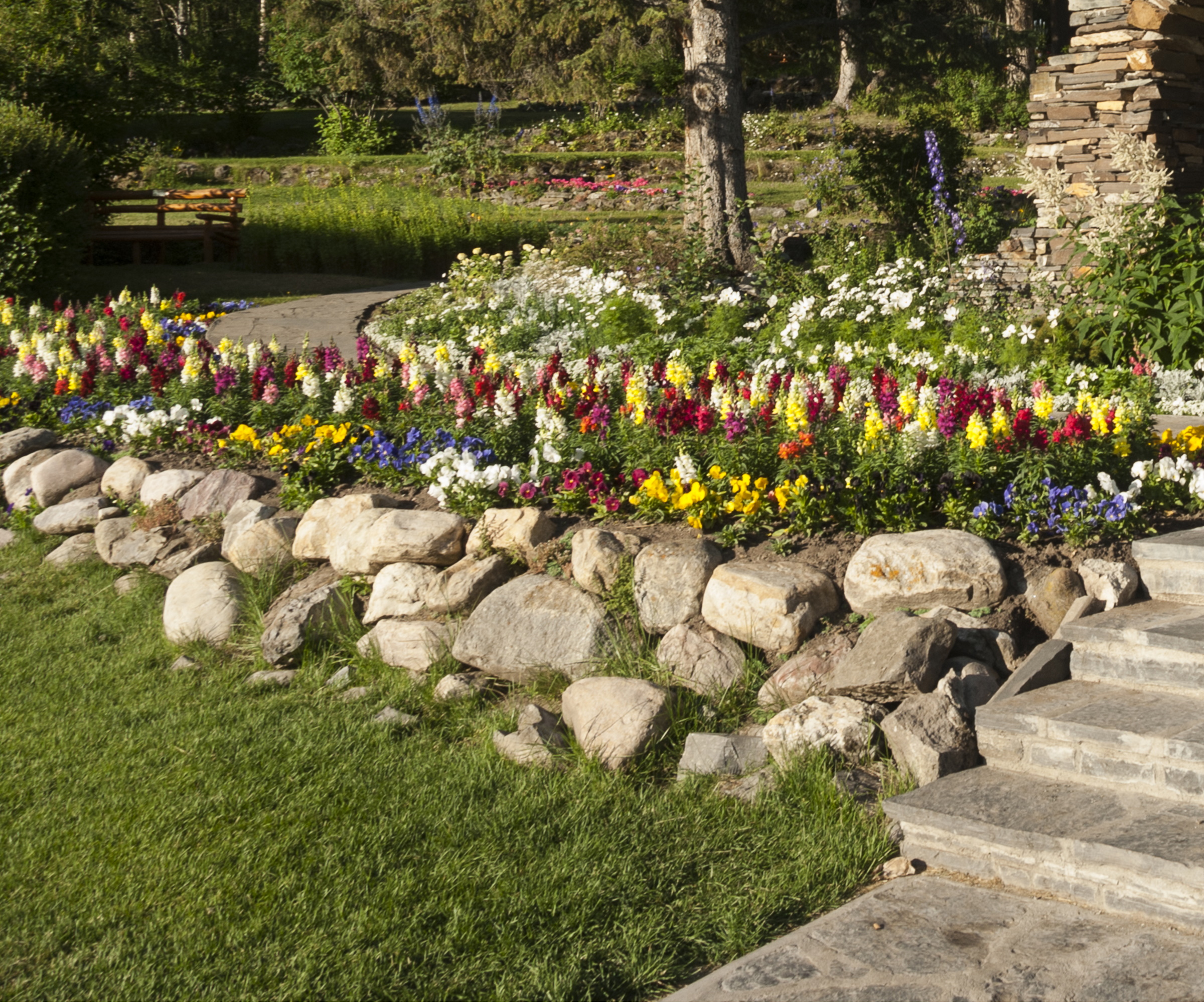
For a more stylish solution to raised garden bed alternatives, you can try your hand at creating one out of natural materials, such as landscaping with rocks to form a raised bed. Something to note is that this does come with its own problems, however.
It usually consists of stacking dry rocks to create a raised beds, including a bottom layer to offer drainage. Just ensure you make your raised bed deep enough and then you can fill your raised bed with soil to plant into.
'While this certainly has a more natural look, and can be easily sourced, it is admittedly hard to keep grass and weeds from creeping into the cultivated plants,' notes Meredith.
You might find you need to remove weeds more regularly in this style of raised garden bed alternative, just as you would need to remove weeds from pavers. Luckily, there are plenty of ways to get rid of weeds including organic approaches.
FAQs
Do I need to line a raised garden bed?
When creating your own raised garden bed, or even installing a purchased one, it is advised to add a liner that allows for excess water to drain through. This can also help prevent weeds from growing in your beds, keep pests out and help contain soil. The most important thing is to make sure the liner doesn't trap excess moisture that could cause soggy soil and root rot.
There are so many creative ways to make a DIY raised garden bed alternative that repurposes materials and saves you some money. It makes a great weekend project and adds an eco-friendly touch to your yard.
If you have excess materials when making your raised bed, try using wooden pallets to make a bug hotel.

Tenielle is a Gardens Content Editor at Homes & Gardens. She holds a qualification in MA Magazine Journalism and has over six years of journalistic experience. Before coming to Homes & Gardens, Tenielle was in the editorial department at the Royal Horticultural Society and worked on The Garden magazine. As our in-house houseplant expert, Tenielle writes on a range of solutions to houseplant problems, as well as other 'how to' guides, inspiring garden projects, and the latest gardening news. When she isn't writing, Tenielle can be found propagating her ever-growing collection of indoor plants, helping others overcome common houseplant pests and diseases, volunteering at a local gardening club, and attending gardening workshops, like a composting masterclass.
